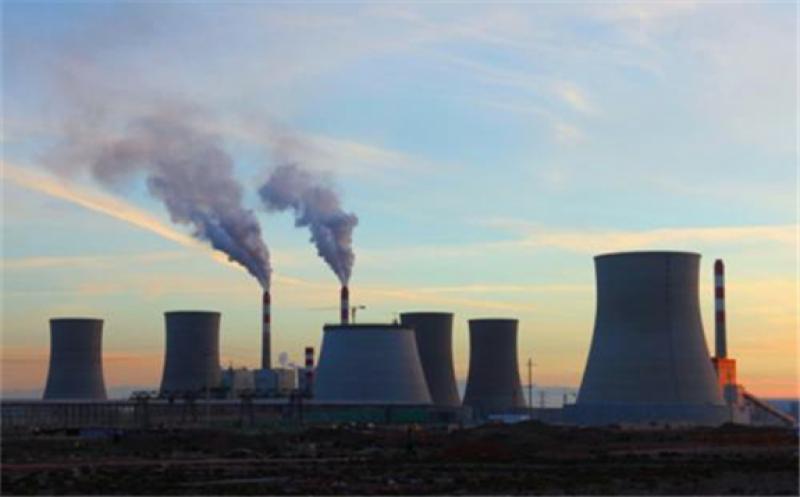South Korean winter coal burn is expected to edge lower on the year because of an increase in plant restrictions in December-February, although the impact on gas-fired generation could be limited by an outlook for stronger nuclear generation.

Between nine and 16 coal-fired units will be shut each day and an 80pc restriction on output from the remaining capacity will be in place as part of the winter fine-dust management policy, the energy ministry (Motie) said today. This would be up from daily suspensions at 8-15 units in December-February last winter.
South Korean state-owned Kepco utilities operated 56 coal-fired units with a combined capacity of 33.7GW.
The shutdowns will include the decommissioning of 2-4 of the country's oldest units, maintenance at up to 13 units and suspensions at a further nine units depending on the overall supply-demand balance in the power sector.
The four old units to be decommissioned are likely to be the 500MW Boryeong units 1 and 2 and the 250MW Honam 1 and 2, which were previously scheduled to retire in December 2020 and January 2021, respectively. But this was not confirmed by the ministry.
The South Korean government shut 8-15 coal units/day in December-February last year, curbing daily Kepco coal availability by an average of 5.5GW. This left an implied 28.2GW of Kepco coal-fired capacity available and actual generation reached 22.1GW, implying a 78pc load for the non-suspended capacity.
Assuming the average number of units off line each day increases by one in December-February this winter and 78pc of the remaining capacity is again dispatched, Kepco coal-fired generation would drop by around 2pc or 544MW on the year to 21.6GW, under Argus analysis.
This would be equivalent to around 500,000t less NAR 5,800 kcal/kg coal burn at 40pc efficiency. Kepco coal burn fell by 19pc or 4.4mn t on the year in December-February last winter to a total of 18.8mn t. The three-year average for December-February coal burn before that was 23.6mn t, or 7.9mn t/month.
Nuclear generation outlook firm
Nuclear generation is expected to be stronger this winter compared with last, which may have given the government the flexibility to increase coal restrictions. Nuclear availability is scheduled to average 19.2GW in December-February, up from an actual generation of 16.4GW in the same months last winter.
The increase could enable the government to keep more coal-fired units off line each day than last year in the event of normal winter conditions, or it may limit the upside potential for gas-fired generation or even displace some gas for the mix.
The government says it has procured in advance around 3.6mn t of LNG for emergency use this winter.
Assuming flat overall power generation compared with last winter in December-February, an additional one coal-fired unit off line each day over the period and full utilisation of scheduled nuclear availability, gas-fired generation could fall by around 14pc on the year to 18.1GW over the three months, under Argus analysis. But a 5pc year-on-year increase in overall power generation would boost gas burn by 2pc to 21.4GW, under the same scenario.
Additional coal or nuclear capacity restrictions would create additional upside risk for power sector gas demand.
The Korea Meteorological Administration (KMA) predicts only 20-30pc probability of above-average temperatures for the December-February period, while the Korea Power Exchange (KPX) projects average power demand to fall by 0.1pc on the year to 66.6GW next month.
This article is reproduced at www.argusmedia.com